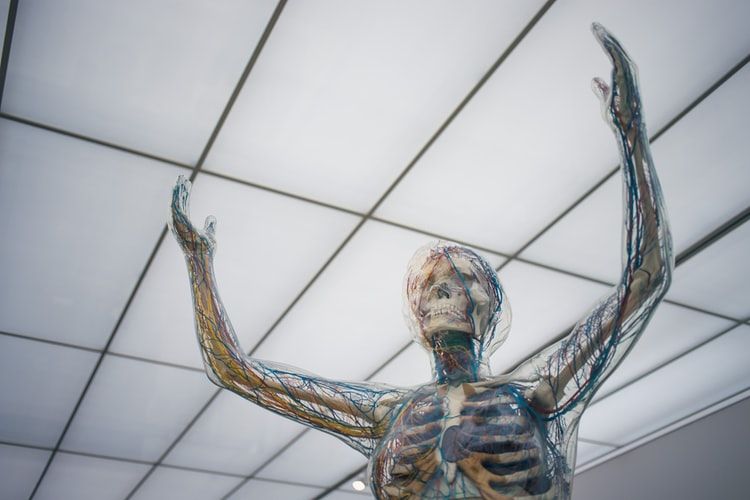Comedian Gilbert Gottfried died Tuesday from Recurrent Ventricular Tachycardia, which was caused due to a rare genetic condition called, Myotonic Dystrophy type II – resulting in muscle degeneration. The news of the 67-year-old’s death was posted on his Twitter account by his family.
Gottfried is survived by his wife Dara, daughter Lily, 14, son Max, 12, sister Karen and nephew Graham.
What is Myotonic Dystrophy type II?
Myotonic dystrophy (DM) is a rare disorder that causes muscular dystrophy affecting muscles and many other organs in the body. The word “myotonic” is the adjectival form of the word “myotonia,” which means an inability to relax muscles at will.
There are two sections in which DM is divided – Type 1 and Type 2.
Type 1 DM is also known as Steinert disease, which occurs when a gene on chromosome 19 called DMPK contains an abnormally expanded section located close to the regulation region of another gene, SIX5.
Type 2 DM, which was recognized in 1994, is a milder version of DM1. This is caused by an abnormally expanded section in a gene on chromosome 3 called ZNF9.
Also Read | Gilbert Gottfried’s photo with Bob Saget, Louie Anderson goes viral after comedian’s death
Those suffering from this condition often have prolonged muscle contractions and are not able to relax certain muscles after use.
Anyone suffering from this start developing signs and symptoms in their twenties or thirties. Muscles in the neck, fingers, elbows, and hips are typically affected; facial and ankle muscles are less commonly involved, according to National Institutes of Health (NIH), agency of the United States government.
The severity of myotonic dystrophy type 2 varies widely among affected people. The condition is inherited in an autosomal dominant pattern. It is caused by mutations in the CNBP (Cellular nucleic acid-binding protein) gene.
There can be several reasons that can cause Myotonic Dystrophy type II. One of which is mutations in the CNBP gene, which leads to type 2. However, the exact function of this gene is unknown.
Those who suffer from type 2 of the condition have a short piece of DNA abnormally repeated many times. This causes the formation of an unstable area of the gene.
The mutated gene creates an altered version of messenger RNA (mRNA), which is a copy of the gene that is normally used for protein production. The mutated gene later forms clumps inside the cell that interferes with the production of many proteins. This prevents cells in muscles and other tissues from functioning normally.
Currently, there is no treatment available to stop or slow the progression of myotonic dystrophy type 2.
However, a recent study found that regular cycling can improve mobility in patients with myotonic dystrophy.
“Exercise really is medicine – we just need to get the message out. Myotonic dystrophy is a progressive condition that will impair your mobility and can put you in a wheelchair. There is no cure for it and only regular exercise helps you achieve better function,” Mark Tarnopolsky, professor, departments of pediatrics and medicine, McMaster University in Canada.







